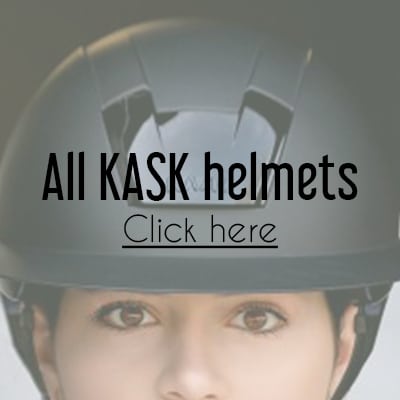Most frequently asked questions about helmets kask answered by MyRidingBoots.com
FAQ about helmets kask: Find answers to the most commonly asked questions about helmets kask. From fit and sizing to care and maintenance, we’ve got you covered. Learn about the different types of helmets kask available and the features that set them apart. Discover how to properly measure for a perfect fit and get tips for keeping your helmets kask in top condition. Whether you’re a beginner or experienced rider, our comprehensive guide has something for everyone.
Most frequently asked questions about KASK helmets
What are the best materials for an equestrian Kask helmet?
A good equestrian Kask helmet should be made from durable materials that can withstand the wear and tear of regular use. Some popular materials for equestrian helmets include polycarbonate, fiberglass, and carbon fiber. It’s also a good idea to look for a helmet with a well-ventilated design to help keep the head cool and comfortable during long periods of riding.
How much should I spend on an equestrian Kask helmet?
The cost of an equestrian Kask helmet can vary widely depending on the brand and features. Some helmets may cost as little as $100, while others can cost over $500. It’s important to consider your budget and the features that are most important to you when choosing a helmet.
How do I choose the right size of equestrian Kask helmet?
It’s important to choose an equestrian Kask helmet that fits properly to ensure that it provides the necessary protection and comfort while riding. Make sure to measure your head and compare it to the size chart provided by the manufacturer to ensure that you choose the right size.
Are there any special considerations I should keep in mind when using an equestrian Kask helmet?
It’s important to follow the manufacturer’s instructions and use the helmet safely and responsibly. This may include ensuring that the helmet is properly fitted and adjusted, and replacing the helmet when necessary to ensure that it continues to provide the necessary protection. It’s also important to inspect the helmet regularly for wear and tear, and replace it when necessary to ensure that it continues to function properly.


